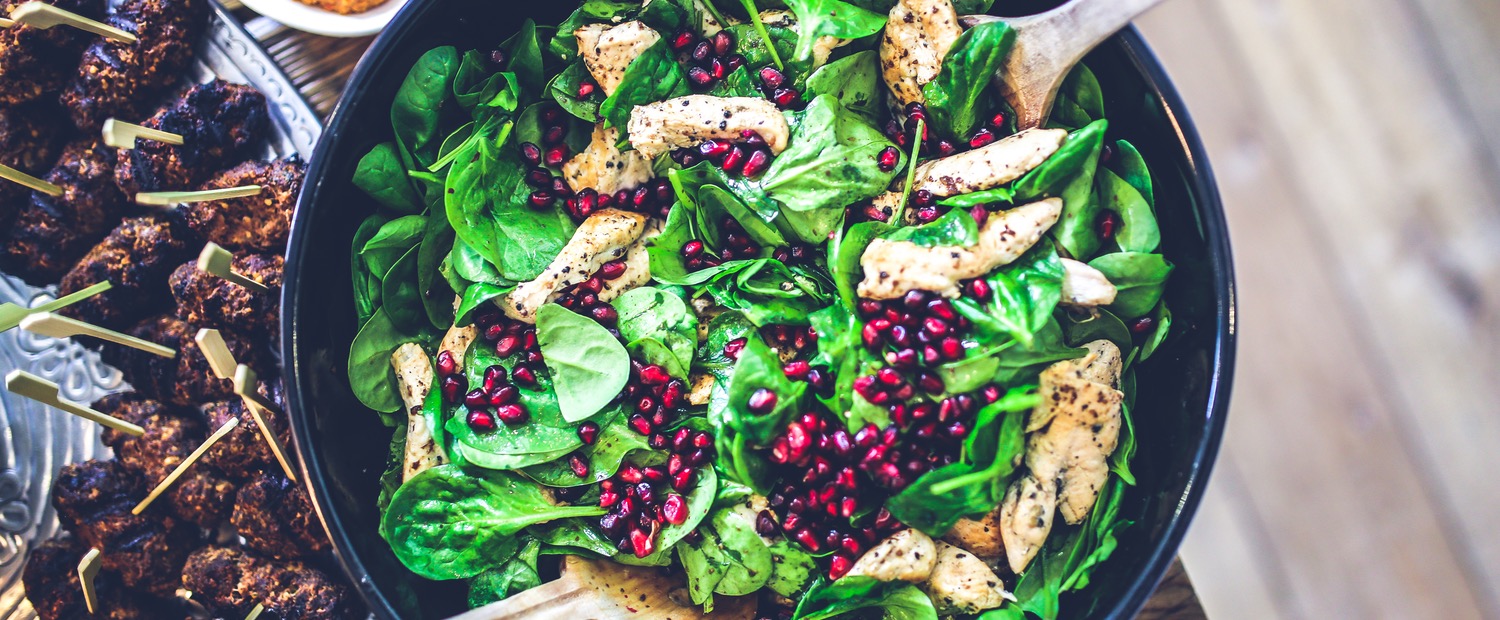When it comes to achieving a professional and long-lasting paint job, repair & prep before painting is absolutely crucial. Many homeowners and DIY enthusiasts often underestimate the importance of this phase, rushing straight into painting only to encounter peeling, bubbling, or uneven surfaces later on. Proper repair & prep before painting ensures that the surface is smooth, clean, and ready to hold the paint, ultimately enhancing the durability and appearance of the finished work. For more info click this link https://thehometrotters.com/8-tips-on-choosing-great-residential-house-painters/.
The first step in any successful project is assessing the area that requires repair & prep before painting. Whether you are working on interior walls, exterior siding, or wooden furniture, a thorough inspection helps identify cracks, holes, loose paint, and other imperfections. Skipping this critical evaluation may lead to wasted paint and disappointing results. Repair & prep before painting allows you to fix these flaws, creating a uniform surface that paints can adhere to effectively.
One of the most common tasks in repair & prep before painting is filling holes and cracks. Small nail holes, gaps in drywall, and cracks in plaster need to be properly filled with spackle or joint compound. For exterior projects, wood filler might be necessary to address rot or damage. After applying filler, sanding the area smooth is an essential part of repair & prep before painting, as it removes rough edges and creates an even surface. This sanding process also helps the paint bond better, reducing the chances of peeling or chipping.
Cleaning the surface is another vital element of repair & prep before painting. Dust, dirt, grease, and mildew can all interfere with paint adhesion. For walls and ceilings, a simple wipe-down with a damp cloth or mild detergent can be effective. When preparing exterior surfaces, power washing might be required to remove stubborn grime. Ensuring a clean surface during repair & prep before painting means the paint will stick properly and provide full coverage, resulting in a fresh and professional appearance.
Priming is often the final step in repair & prep before painting, especially when dealing with porous surfaces or areas where stains and repairs have been made. Primer helps seal the surface, preventing uneven absorption of paint and improving adhesion. In addition, primer can block stains from bleeding through the new coat, ensuring a uniform color. Skipping this stage can lead to disappointing results, so thorough repair & prep before painting must always include appropriate priming tailored to the surface type.
Safety and proper tool selection also play a role in effective repair & prep before painting. Using the right tools such as scrapers, sandpaper, putty knives, and brushes makes the process smoother and more efficient. Wearing protective gear, like masks and gloves, helps guard against dust and chemicals. Whether you are a novice or a professional, understanding the importance of repair & prep before painting and investing in the right equipment will pay off in the quality of your finished work.
In addition to fixing surface flaws, repair & prep before painting may also involve removing old paint layers. In many older homes, paint can become brittle and start to flake off. Scraping away these loose sections before painting prevents the new paint from peeling prematurely. Sometimes chemical paint strippers or heat guns are used for more stubborn areas. This detailed repair & prep before painting work can be time-consuming but is necessary for a smooth and durable final coat.
Moisture issues must also be addressed as part of repair & prep before painting. Water damage, leaks, or high humidity can cause paint to blister and peel over time. Before starting any painting project, identifying and fixing moisture problems helps ensure that the repair & prep before painting phase is truly effective. This may involve repairing plumbing leaks, sealing gaps, or using moisture-resistant materials in vulnerable areas.
The benefits of thorough repair & prep before painting extend beyond just aesthetics. A properly prepped surface prolongs the lifespan of the paint job, reducing the need for frequent repainting. It also improves the overall value and appearance of your home or furniture. By investing time in repair & prep before painting, you save money and effort in the long run, as well as achieve a finish that looks professional and stands the test of time.
In conclusion, repair & prep before painting is an indispensable part of any painting project. From inspection and cleaning to filling, sanding, priming, and addressing moisture issues, every step contributes to a flawless finish. Ignoring these preparations can lead to costly repairs and disappointing results. Whether you are painting walls, furniture, or exterior surfaces, prioritizing repair & prep before painting ensures your project not only looks great but also lasts longer. Taking the time to properly prepare your surfaces is the secret behind every successful paint job.

